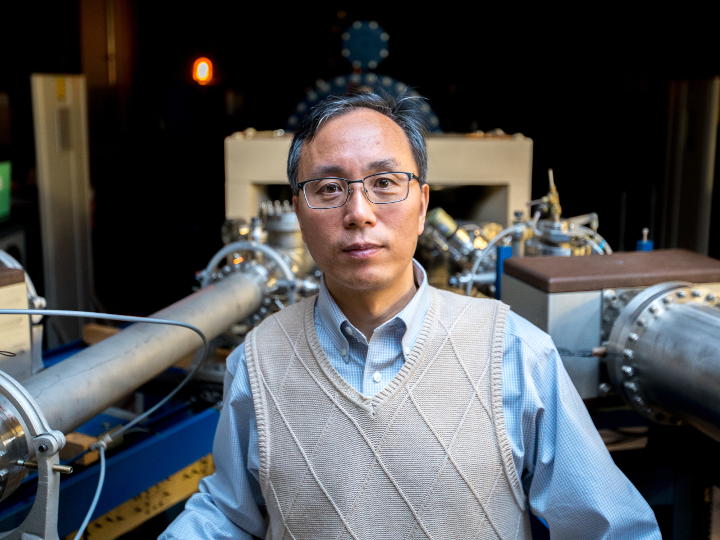
Work resolves mystery and offers new path for light-emitting and other devices. Electrical engineers have reported solving a lingering question about how a 2D crystal composed of cesium, lead and bromine emitted a strong green light, opening the door to designing better light-emitting and diagnostic devices.
Crystals that produce light on the green spectrum are desirable because green light, while valuable in itself, can also be relatively easily converted to other forms that emit blue or red light, making it especially important for optical applic...
Read More








Recent Comments